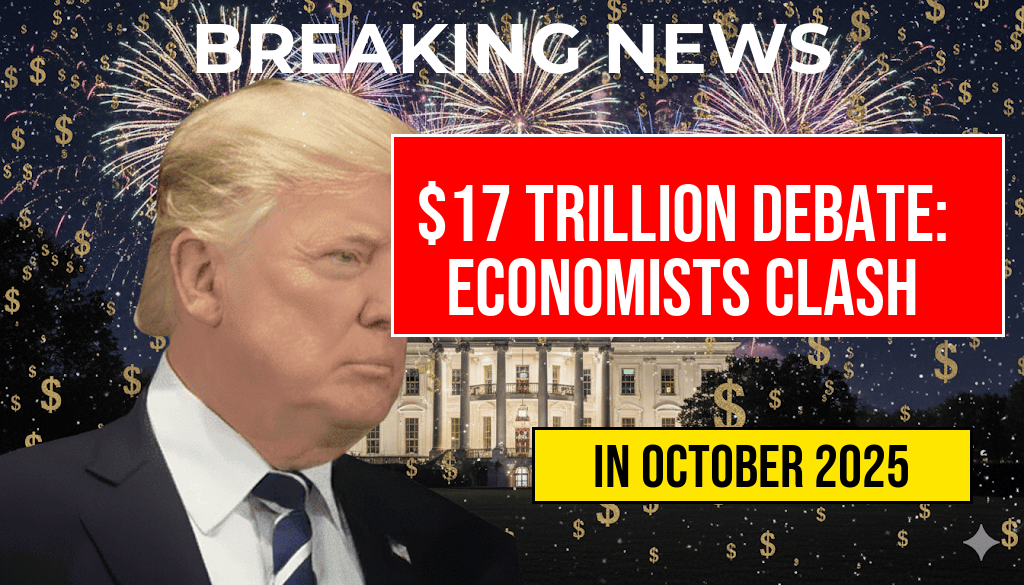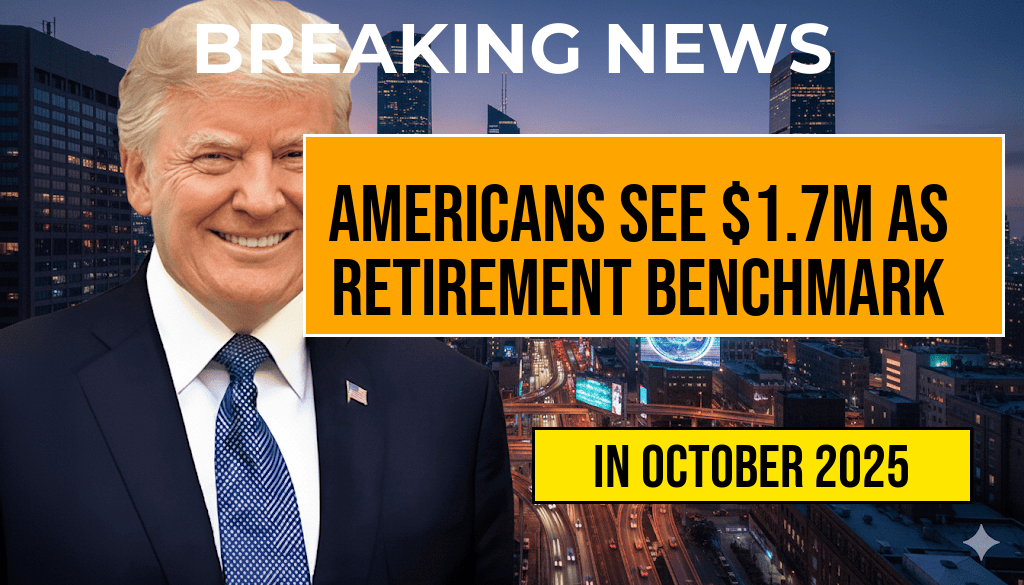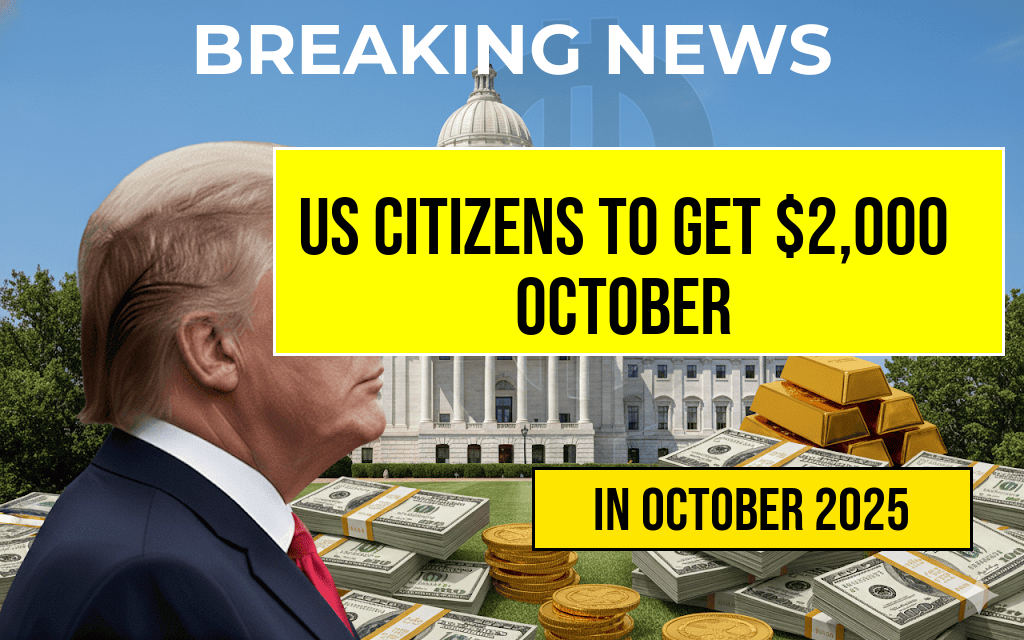The recent debate among economists over Trump’s landmark global investment figures has ignited a fierce discussion about the true scale and implications of the $17 trillion figure attributed to his administration. While supporters laud this as a sign of robust international economic engagement, critics question the accuracy and strategic significance of such claims. The controversy underscores the complexities of measuring global investment flows, especially amid shifting geopolitical landscapes and evolving economic policies. As policymakers, investors, and analysts scrutinize the data, the debate reveals fundamental disagreements over how to interpret and contextualize these monumental figures, which could influence future trade negotiations and fiscal strategies.
The Origins of the $17 Trillion Figure
The figure of $17 trillion has been widely circulated since the Trump administration released its annual global investment report. According to officials, this sum encapsulates foreign direct investment (FDI), portfolio investments, and other capital flows associated with U.S. economic initiatives during Trump’s tenure. The data, compiled by the Department of Commerce and the Treasury Department, aims to reflect the administration’s success in attracting international capital and fostering economic growth.
However, critics argue that the number may be inflated due to methodological issues, including overlapping categories and inconsistent reporting standards across countries. Some analysts suggest that the figure combines disparate investment types, making it difficult to interpret the true scale of incoming foreign capital. Furthermore, questions have been raised about the transparency of the underlying data sources, with some pointing to gaps and discrepancies in reported figures.
Economists’ Divergent Perspectives
Supporters View the Figure as a Sign of Strength
- Economic Growth Indicator: Proponents say that the $17 trillion highlights increased foreign confidence in U.S. markets, supporting job creation and innovation.
- Policy Success: They argue that Trump’s aggressive trade policies and tax reforms made the U.S. a more attractive destination for international investors.
- Global Leadership: The figure demonstrates America’s continued influence in global finance, positioning it as a key player amid shifting geopolitical alliances.
Critics Question the Validity and Impact
- Measurement Challenges: Economists caution that combining various investment categories may overstate actual foreign inflows, leading to inflated perceptions of economic health.
- Comparative Benchmarks: Critics note that comparable figures from previous administrations show similar or even larger totals when adjusted for inflation and global economic conditions.
- Strategic Significance: Some experts argue that the raw dollar amount does not necessarily translate into tangible economic benefits without considering investment quality and sustainability.
Historical Context and Data Interpretation
| Administration | Reported Foreign Investment | Year | Notes |
|---|---|---|---|
| Obama | $14.2 | 2016 | Includes FDI, portfolio, and other capital flows |
| Trump | $17.0 | 2019 | Reported as a record high; data may include overlapping categories |
| Biden | $16.5 | 2022 | Preliminary estimates; economic shifts affect comparability |
Historical data suggest that the reported figures fluctuate significantly based on global economic conditions and reporting standards. While the Trump-era numbers appear elevated, some analysts emphasize the importance of contextualizing these figures within broader trends, including the impact of trade tensions and policy shifts.
Implications for Future Policy and Investment
The debate over the $17 trillion figure extends beyond academic discourse, potentially shaping future policy decisions. Supporters believe that highlighting such investments can bolster narratives around economic resilience, while opponents warn against overreliance on inflated metrics that may misguide strategic planning.
International investors and foreign governments are closely monitoring these figures to gauge the stability and attractiveness of the U.S. market. As the Biden administration navigates a different policy landscape, questions arise about whether future investment flows will mirror or diverge from the Trump-era record. This ongoing discussion underscores the importance of transparent, standardized data collection and reporting practices to inform sound economic policymaking.
Expert Opinions and Ongoing Research
Leading economists continue to analyze the data, with some emphasizing that raw investment totals should be complemented by qualitative assessments of where and how capital is deployed. A report by the Wikipedia entry on foreign direct investment underscores the importance of understanding investment composition, sustainability, and strategic alignment.
Meanwhile, financial advisory firms and think tanks are calling for more granular data to better evaluate the long-term implications of these investment flows. The debate remains active, reflecting the broader challenge of translating large-scale financial figures into meaningful economic narratives.
Key Takeaways
- The $17 trillion figure attributed to Trump’s global investments is subject to debate regarding its accuracy and significance.
- Supporters see it as a testament to increased international confidence and U.S. economic strength.
- Critics warn that methodological inconsistencies and data overlaps may inflate the number, complicating interpretation.
- Historical comparisons suggest fluctuations driven by global economic conditions, emphasizing the importance of context.
- The ongoing controversy influences policy discussions, investment strategies, and future economic planning.
Frequently Asked Questions
What is the significance of the $17 trillion figure in the debate?
The $17 trillion represents a landmark estimate of global investments attributed to former President Trump’s policies and initiatives. Economists are debating whether this figure accurately reflects economic growth, foreign investment, or potentially inflated claims.
How do economists differ in their interpretations of Trump’s impact on global investments?
Some economists argue that Trump’s policies have significantly boosted global investment and economic growth, while others believe the figures are exaggerated or primarily driven by market speculation and external factors beyond his influence.
What are the key factors contributing to the $17 trillion debate?
The debate centers around methodologies used to calculate global investments, the timeframe considered, and the attribution of investment growth to Trump’s policies versus other economic trends or global events.
How might this debate impact future economic policies?
This ongoing debate could influence policymakers’ decisions on investment strategies and trade policies, as well as shape public perception of Trump’s economic legacy and the broader global economic landscape.
What are the main criticisms of the $17 trillion investment figure?
Critics argue that the figure may be overestimated, lacks transparency in its calculation, or attributes investment gains to Trump’s policies without sufficient evidence, raising questions about the accuracy of the claims.





